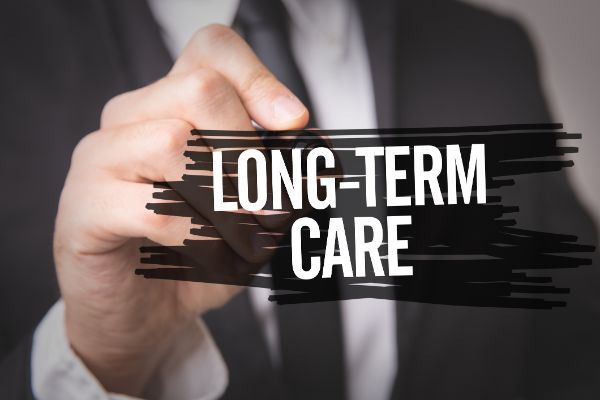Trying to read your long-term disability policy can be like trying to read a different language altogether. Some of the terms that these policies use are very specific to long-term disability policies, so they likely are new to you. Understanding the conditions and limitations of your plan, however, is crucial if you need to utilize the benefits provided by your policy.
First, many long-term disability policies differentiate between “own occupation” and “any occupation.” Some plans base disability on one or the other of these terms, whereas other policies change their definition of disability over time, from “own occupation” to “any occupation.” The term “own occupation” refers to whether you can perform the essential functions of the job that you are working at the time that you become disabled. In many cases, after receiving 24 months of benefits, your policy may change the inquiry to whether you can perform the tasks necessary to work in “any occupation” based on your skills, training, and experience. As there often is a significant distinction between the two, you need to understand which one your policy uses.
Most long-term disability insurance policies provide for what is known as an elimination period. This refers to a waiting period after you become disabled that you must go through before you are eligible for benefits. An elimination period can last anywhere from 30 to 365 days.
An exclusion is a condition or activity defined in your long-term disability insurance policy for which you cannot receive benefits. For instance, pre-existing conditions often are an exclusion in these policies. Those are medical conditions that you had before purchasing or obtaining coverage under a long-term disability plan. However, an insurance policy may include some, but not all pre-existing conditions.
Long-term disability insurance policies often have specific references to disability based on mental or nervous conditions. Some policies attempt to exclude coverage for these conditions altogether. Others may limit the period for which you can receive benefits for these conditions, such as a maximum of 24 months.
These are just a few of the standard terms used in long-term disability policies. It can benefit you greatly to get legal advice about the most effective means of building and maintaining the most successful ERISA long-term disability claim possible. Bonnici Law Group provides skilled, aggressive legal representation regularly for individuals who are seeking long-term disability benefits under insurance policies governed by ERISA. Our priority is to represent your interests and protect your rights to the benefits that you deserve. Call us at 858-261-5454 and schedule an appointment to meet with us about your case today.

Legal Support for Bike Accidents in Malibu, California
Malibu, California, is an iconic beach city in western Los Angeles County, famous for its stunning 21-mile stretch of Pacific coastline, luxurious oceanfront homes, and status as a haven for celebrities.
Bicycle, Injury, and Disability Legal Team in Long Beach, California
Long Beach, California, is a vibrant coastal city in Los Angeles County, renowned for its diverse population, bustling port, and distinctive blend of urban sophistication and a laid-back beach town atmosphere.


